EnglishNews
Boston Dynamics Expands Collaboration with NVIDIA to Accelerate AI Capabilities in Humanoid Robots
Boston Dynamics and NVIDIA are expanding their collaboration to enhance AI capabilities in humanoid robots, with Atlas leveraging NVIDIA Jetson Thor and Isaac Lab for advanced learning and performance.
Atlas Leads Humanoid Industry with NVIDIA Jetson Thor Computing Platform
Gains New Skills Through NVIDIA Isaac Lab
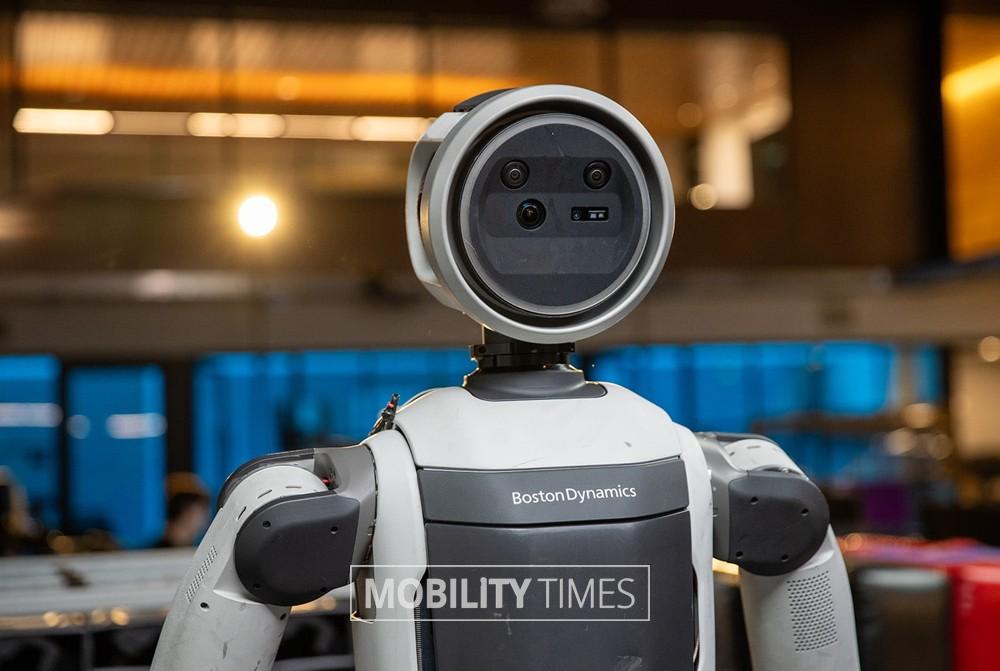
Boston Dynamics, the global leader in mobile robotics, has expanded its collaboration with NVIDIA to build the next generation of AI capabilities for humanoid robots. As an early adopter of the NVIDIA Isaac GR00T platform, Boston Dynamics’ Atlas robot is leading the development of humanoids using the NVIDIA Jetson Thor computing platform.
The compact size, high performance, and efficiency of Jetson Thor enable Atlas to run complex, multimodal AI models that work seamlessly with Boston Dynamics’ whole-body and manipulation controllers. Developers at Boston Dynamics and its research partners are also making rapid breakthroughs in learned dexterity and locomotion AI policies using Isaac Lab, an open-source, modular framework for robot learning in physically accurate virtual environments, built on NVIDIA Isaac Sim and NVIDIA Omniverse technologies. The two companies are collaborating to define key platform parameters, including functional safety and security architectures, as well as key learning and computer vision pipelines using NVIDIA’s training and simulation platforms.
“Robots are the bridge between simulation and the real world,” said Aaron Saunders, Chief Technology Officer at Boston Dynamics. “With the current generation of our electric Atlas, we are building the world’s most capable humanoid, and collaborating with NVIDIA to integrate Jetson Thor means the robot now has the highest-performance compute platform behind it. Isaac Lab is allowing us to develop state-of-the-art AI capabilities, and the early results are exciting.”
In addition to the ongoing work on Atlas, Boston Dynamics has continued introducing new AI capabilities for Spot, its flagship quadruped robot, and Orbit, its robot fleet management and data analysis software. New reinforcement learning (RL) tools are improving the robot’s locomotion control, and advanced foundation models are helping the robot avoid specific kinds of hazards that might appear in its path.

모빌리티(Mobility)의 미래 비즈니스 전략을 찾다
- 모빌리티타임즈 (mobilitytimes.net)
-

 Global3주 ago
Global3주 ago거인 콘티넨탈의 변신, ‘아우모비오(AUMOVIO)’의 이름으로 미래 모빌리티 시장에 출사표
-
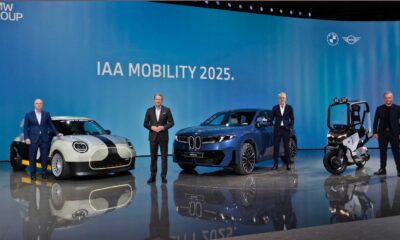
 People3주 ago
People3주 ago[칼럼] BMW가 ‘노이어 클라쎄’로 던진 질문: 당신의 ‘다음 차’는 무엇으로 만들어져야 하는가?
-
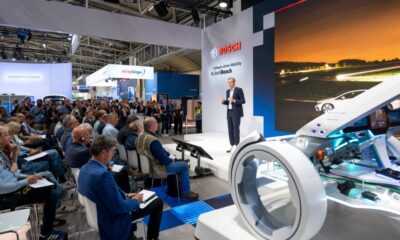
 Global3주 ago
Global3주 ago‘자동차는 하드웨어’는 옛말… 보쉬(Bosch), ‘소프트웨어’로 그리는 모빌리티의 청사진
-
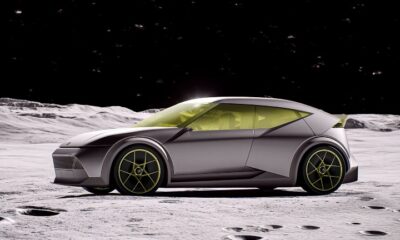
 News4주 ago
News4주 ago현대자동차, 소형 EV의 미래 ‘콘셉트 쓰리’ 뮌헨서 최초 공개
-
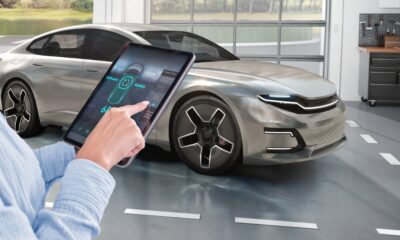
 Global3주 ago
Global3주 ago소프트웨어가 지배하는 자동차, 보쉬는 하드웨어로 답하다
-
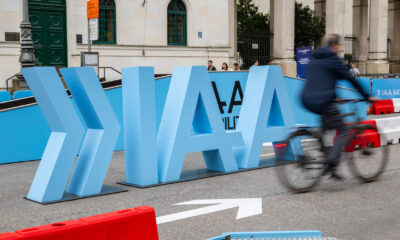
 Features3주 ago
Features3주 ago50만 인파 몰린 뮌헨, 미래 모빌리티의 오늘을 증명하다















